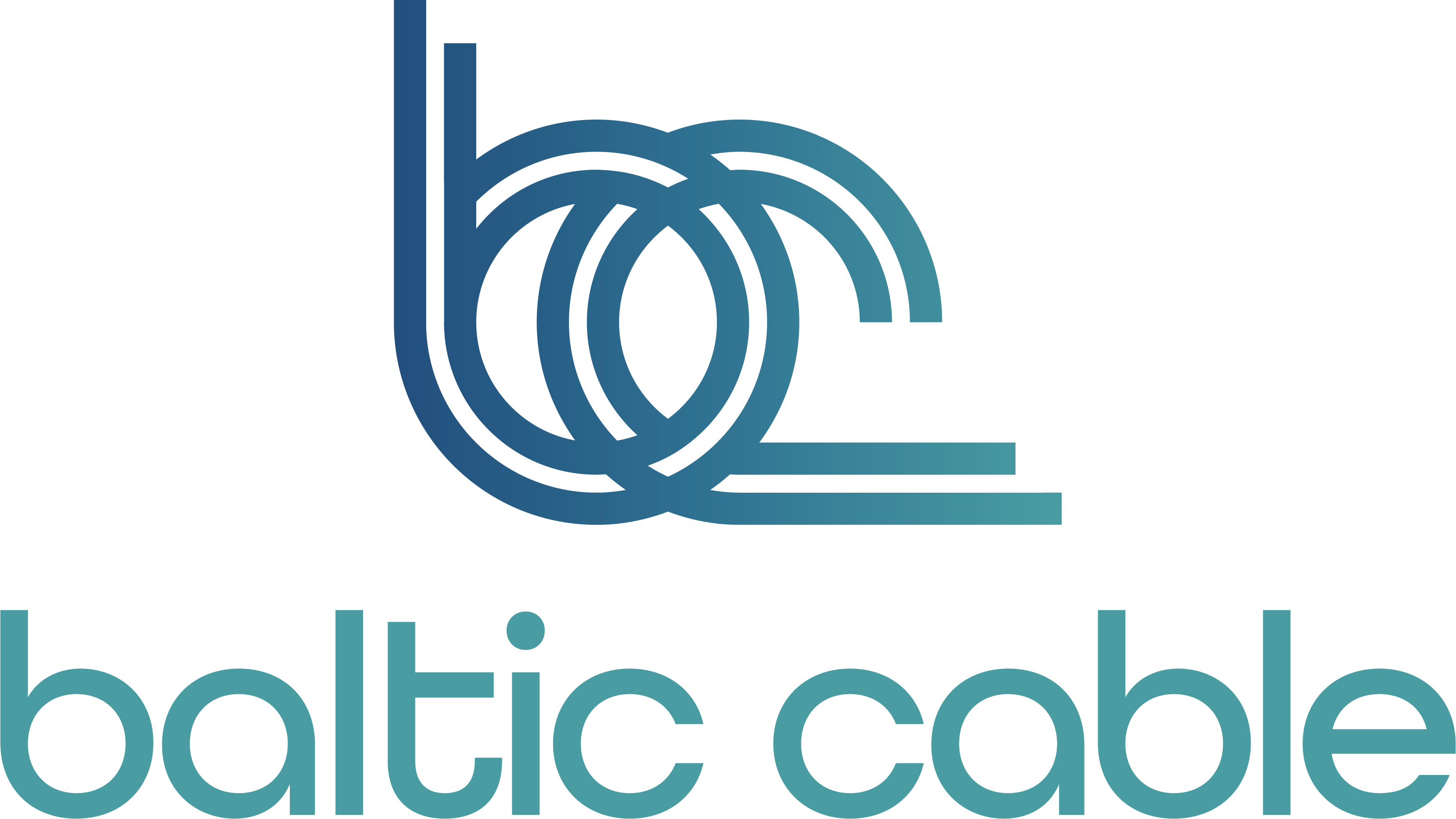In the midst of record-high power prices, Baltic Cable continues to contribute to increasing the socio-economic welfare in Europe by enabling the transfer of low-carbon power between Germany and Sweden, while also ensuring higher integration of renewable energy sources. At these times the importance of cross-border electricity interconnectors is higher than ever.
Amid Europe’s recovery from the COVID-19 pandemic, yet another challenge affecting the whole continent has arisen. Gas and coal prices have jumped to all-time highs, taking electricity prices with them. This poses a challenge not only for individual consumers but also for industry across Europe.
Baltic Cable – connecting Germany, the biggest European power market, with Sweden – helps to even out the volatility of renewable energy sources by providing the market with capacity close to real-time. The 250 km long submarine cable ensures that in times of low wind generation in Germany, when there are high power prices, cheaper low-carbon power from Sweden is imported. On the other hand, when Germany has an excess of wind production, this cheap renewable power is exported to Sweden. In this way, Baltic Cable increases socio-economic welfare, improves security of supply in both the Nordic region and continental Europe, and helps to integrate more renewables into the European energy markets.
Baltic Cable, along with other European interconnectors, is a fundamental pillar of the European internal energy market and contributes to the European Union interconnection target of at least 10% by 2020 and the proposed target of 15% by 2030. This means that each member state should currently have electricity interconnectors in place that allow at least 10% of their power production to be transported across its borders to neighbouring countries.

